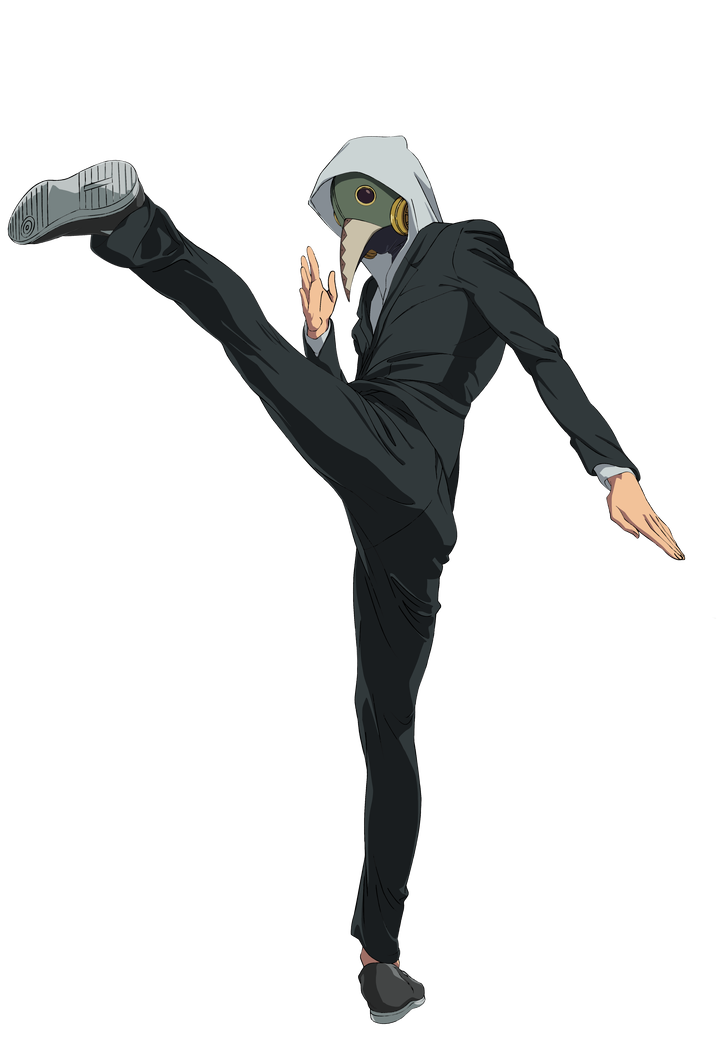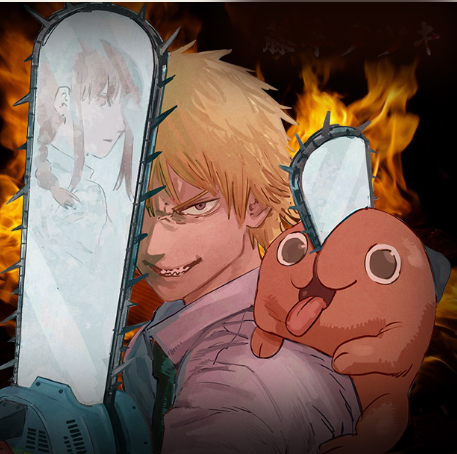Introduction: The Art of Battle in Chainsaw Man
In the vibrant world of manga and anime, the choreography of battle is more than just a dazzling display of strikes and counterattacks; it’s an exhilarating dance that can captivate audiences and elevate storytelling to new heights. Enter Fujimoto Tatsuki, the mastermind behind the electrifying “Chainsaw Man.” As we dive into the heart of this gripping narrative, we uncover how his unique battle choreography transcends mere action sequences and transforms into a profound visual storytelling experience. Each clash, each movement, is meticulously crafted to convey emotions, character motivations, and rich thematic depths, making the combat an art form that resonates powerfully with readers.
Fujimoto’s battles are not just a showcase of power; they’re a symphony of human experience, capturing the essence of struggle and triumph. This essay invites you to explore how his innovative approach to battle choreography propels the storytelling in “Chainsaw Man,” making every fight a dynamic expression of the characters’ internal and external conflicts. As we unravel these captivating moments, we will see how the art of battle becomes a canvas where emotions play out, leaving an indelible mark on the viewer’s heart.
So, buckle up as we venture into the electrifying world of “Chainsaw Man,” where the heartbeat of battle reverberates through each frame, and the art of combat becomes a language of its own! Get ready to embrace the energy and creativity that Fujimoto brings to life with each exhilarating encounter!
The Dance of Violence: Emotions in Motion
One of the most captivating elements of Fujimoto’s battle choreography is how seamlessly it intertwines with the emotional states of the characters. Each fight scene is not just a display of physical prowess; it reflects the characters’ internal struggles and aspirations in a spectacular fashion. Take Denji, our fearless protagonist—his battles are often ignited by desperation and a deep-seated longing for connection. Through dynamic poses and exaggerated movements, Fujimoto captures Denji’s emotional turmoil, allowing audiences to feel the depth of his pain, triumph, and everything in between.
But that’s not all! Fujimoto brilliantly varies the choreography to reflect each character’s distinct personality. For instance, when Aki steps into the fray, his battles are methodical and precise, mirroring his rational mind and strategic approach. Conversely, Power’s combat style is a whirlwind of chaos and unpredictability, perfectly reflecting her wild spirit. This rich diversity in choreography not only keeps readers enthralled but also deepens their understanding of each character’s psyche, reminding us that every battle in “Chainsaw Man” is a reflection of who these characters truly are.
So, as you dive into these exhilarating battles, relish the connection between the action and the characters’ emotions. It’s a beautiful reminder that in the midst of chaos, our struggles often reveal the most about who we are!
Visual Metaphors: Beyond the Fisticuffs
Fujimoto’s brilliance shines through in his use of battle scenes as powerful visual metaphors that transcend mere fisticuffs. In “Chainsaw Man,” fights often symbolize grander themes such as trauma, ambition, and the complexities of the human experience. For instance, a seemingly straightforward confrontation can blossom into a poignant representation of Denji’s rebellion against societal expectations and his relentless quest for freedom. The destruction that ensues isn’t just collateral damage; it mirrors the internal chaos that Denji and his companions face as they wrestle with their deepest fears.
Moreover, the imaginative visuals and fantastical elements Fujimoto employs during combat sequences invite readers to engage in deeper interpretations of the narrative. Chainsaws, devils, blood—these become powerful symbols that encapsulate the characters’ innermost desires and fears. With each explosive moment, Fujimoto transforms battles into theatrical performances laden with significance, inviting readers to not just spectate but to participate in a rich tapestry of visual storytelling.
So, as you immerse yourself in these thrilling encounters, appreciate the layers of meaning beneath the action. Each swipe of the chainsaw is not just about victory; it’s about confronting the chaos of life and finding clarity amidst the storm!
Pacing and Rhythm: The Heartbeat of Action
Pacing plays a quintessential role in how battles unfold in “Chainsaw Man,” showcasing Fujimoto’s masterful storytelling technique. The rhythm of each fight is carefully orchestrated to evoke excitement and tension. Quick cuts between panels create a rush of adrenaline, giving readers the sensation of being right in the thick of the action, while slower sequences provide crucial moments for reflection and emotional depth. This fine balance keeps the audience on the edge of their seats, ensuring every battle sequence feels fresh and exhilarating.
But there’s more to it! Fujimoto often employs unexpected pauses during intense moments, masterfully heightening the impact of pivotal revelations or internal monologues. A sudden stillness can speak volumes, allowing emotions to bubble to the surface and enabling readers to connect even more deeply with the characters. It’s as if each battle unfolds like a beautifully composed symphony, where every note and silence contributes to the overall harmony of the narrative.
So, as you read, pay close attention to the rhythm of the battles, and savor the exhilarating moments of tension and release. It’s a reminder that life is not just about the action; it’s about the heartbeat that drives our stories forward!
Conclusion: The Legacy of Chainsaw Man’s Battle Choreography
Fujimoto Tatsuki’s innovative approach to battle choreography in “Chainsaw Man” stands as a remarkable testament to the power of visual storytelling. By weaving together emotional depth, thematic richness, and masterful pacing, he crafts combat scenes that resonate long after the last page is turned. Each battle is a colorful brushstroke on the canvas of the narrative, unveiling layers of meaning that invite introspection and connection with the audience.
As we reflect on this extraordinary choreography, we are reminded that even in the midst of chaos and violence, we can uncover beauty and strength. Fujimoto’s work inspires us to explore our own battles—both internal and external—and to seek resilience in vulnerability. In a world filled with challenges, “Chainsaw Man” serves as a powerful rallying cry for authenticity and courage, urging us to embrace our journeys with the same fervor that defines these legendary fights.
So, let’s celebrate this remarkable artistry and carry its spirit into our everyday lives! Embrace your battles with the passion and creativity that Fujimoto ignites in his stories, and remember: Every challenge you face is an opportunity for growth and self-discovery. Keep fighting, keep dreaming, and let your own extraordinary journey unfold!

